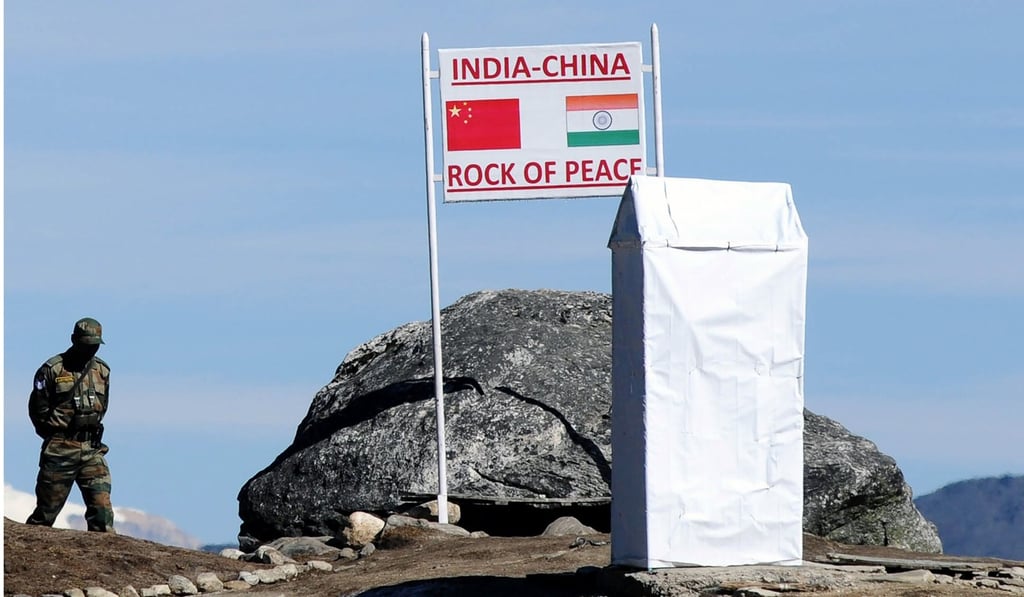On Reflection | Xi Jinping and Narendra Modi have jump-started a new era in China-India ties
A meeting in Wuhan that lowered temperatures on the China-India border will be remembered as the moment the countries began a fresh, virtuous cycle in relations

But it was also a testament to the resolve and flexibility of India’s China policy. Modi, like his predecessors Manmohan Singh and Atal Bihari Vajpayee, has been quick to pivot from hawk to dove and unreservedly engage Beijing in good faith whenever an opportunity in bilateral relations presents itself.
With Modi having extended an invitation to Xi for 2019, the Wuhan summit could become the first of many semi-scripted meetings to be held on an annual or biennial basis. Chinese and Indian leaders already gather annually at the BRICS and Shanghai Cooperation Organisation summits and meet on the sidelines of major multilateral events, such as the G20 Leaders Summit. India’s sharpest diplomats also typically rotate through the ambassadorship position in Beijing prior to their elevation to the foreign secretary post and, potentially thereafter, national security adviser roles.
What India can learn from Asean in dealing with China
With an informal leaders-level summit now added to this mix, a critical bilateral relationship appears to be cemented.
The Xi-Modi meeting was notable on two counts: for what was agreed upon and (with requisite political will) can be expected to be implemented; and for what the meeting denotes within the broader context of three decades of Sino-Indian ties since normalisation in the late-1980s.

